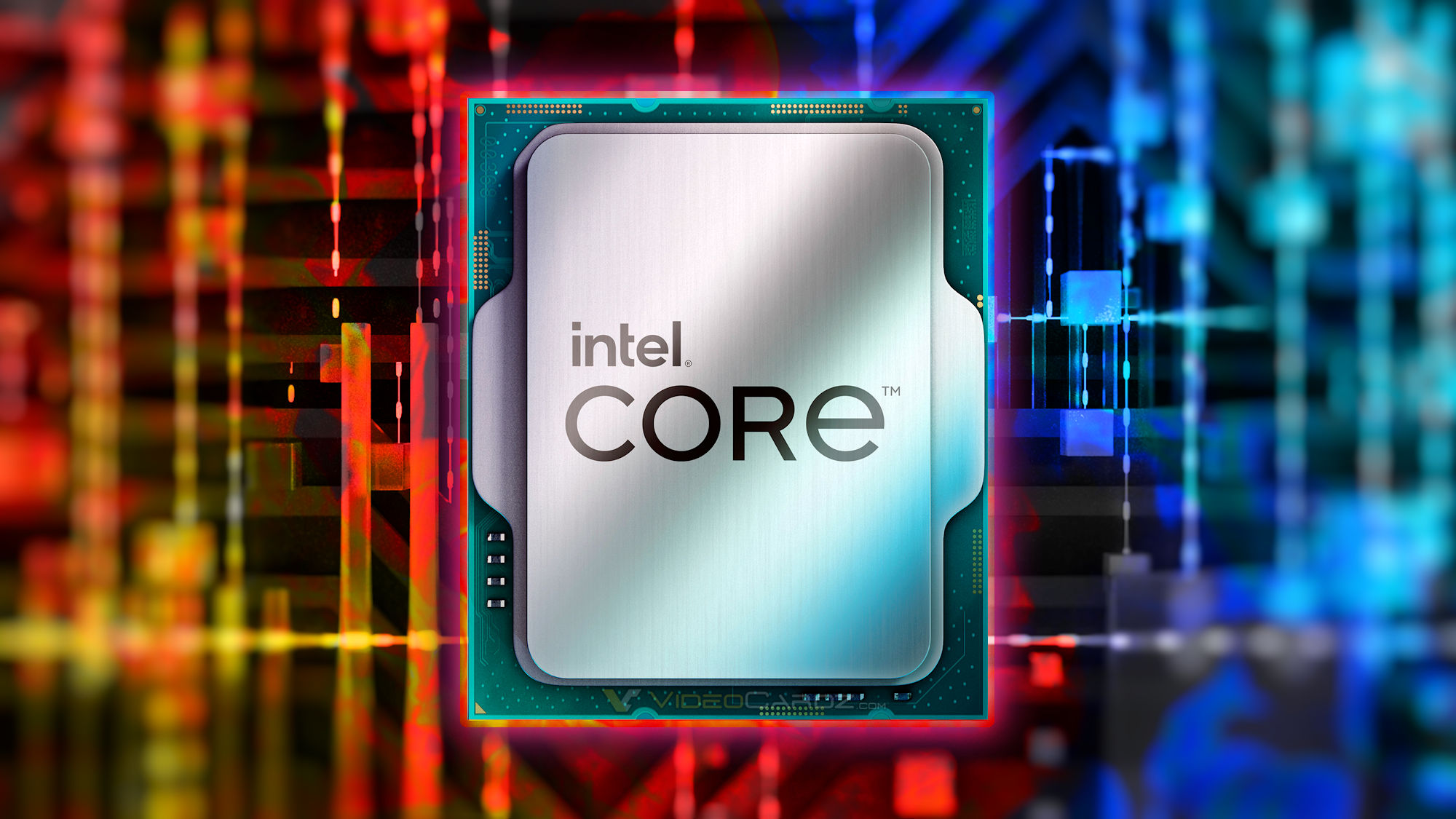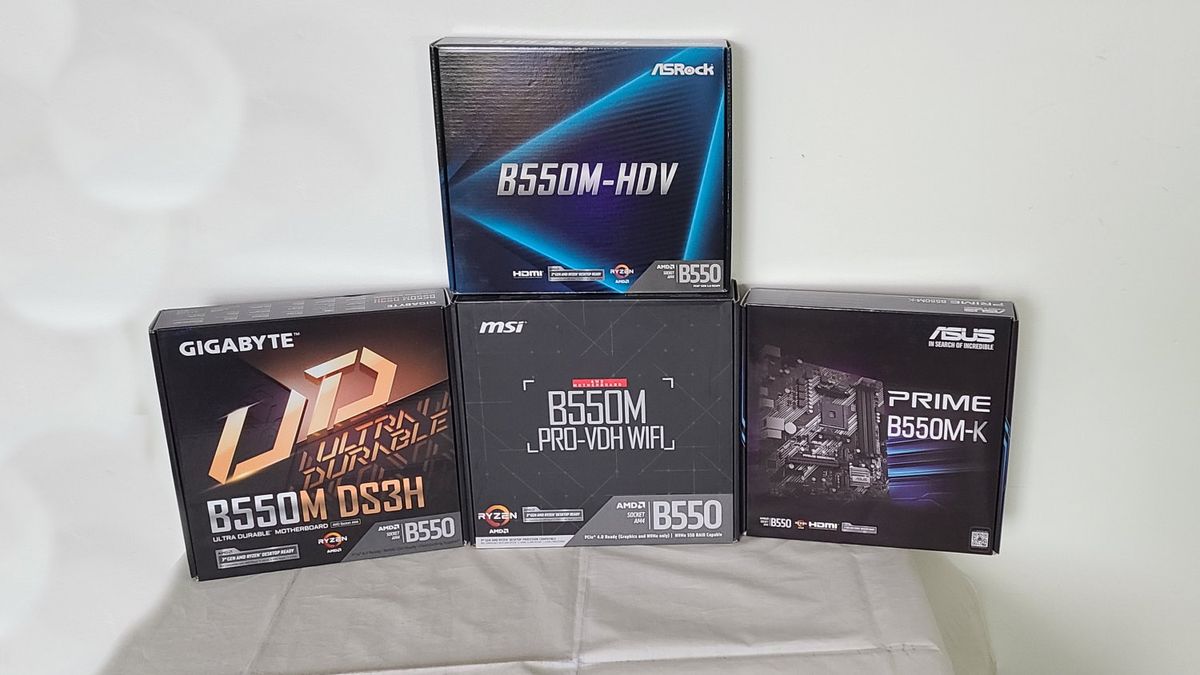- Oct 9, 1999
- 4,214
- 2,005
- 136
With the release of Alder Lake less than a week away and the "Lakes" thread having turned into a nightmare to navigate I thought it might be a good time to start a discussion thread solely for Alder Lake.

Thanks. If you click on the BestBuy link, then click on a processor, then click the specifications, then I think that is the first confirmation of base and turbo speeds that I've seen. The rest that I've seen have been guesses.
Intel 65W Alder Lake-S pricing has been leaked, 6-core CPUs to cost 180-240 USD, 4-core 110-140 USD - VideoCardz.com
BestBuy leaks 12th Gen Core non-K “Alder Lake-S” pricing It appears that a large US retailer has now confirmed the pricing for the upcoming 12th Gen Core CPUs. Unfortunately, not all SKUs have been listed by BestBuy, which could either mean that some SKUs have delayed shipment, or that not all...videocardz.com
12400F's MSRP might be $179.
I'm hoping that bodes well for ARC when it releases.
I believe they are using TSMC for their first ARC consumer GPUs, so success of the in house process doesn't factor. But it is good that they have it running well.
HWUB investigates if you should disable e-cores to play games. Short Answer: No.
There's also overclocking to be considered. As Steve already mentions towards the end of the video, on Alder Lake the ring multiplier is limited to 36X when E-cores are enabled and under load. Those looking to overclock will probably want to push the ring bus as well.Seems like it's more on a game to game basis but with the majority of newer titles preferring the E-cores disabled. With that said, the 12900k is obviously plenty fast enough either way. A lower powered ADL with 4/6P+HT with 4E would be a much more interesting comparison.

Since i haven’t been paying attention, at what frequency is the ring running at?A sample voltage curve for P-cores, E-cores and Ring derived from adaptive voltage readings on a 12700K. Source is here.
View attachment 54780
This should be of special interest for @DrMrLordX in relation to previous discussions of inefficiencies in the single voltage rail model for ADL P-cores, E-cores, and Ring.
Notice how E-core @ 3.8Ghz requires roughly the same voltage as P-core at 4.7GHz. Based on this we can conclude P-core voltage isn't introducing large inefficiencies for E-cores in MT workloads as long as power limits aren't high enough to allow P-core clocks higher than 4700Mhz. For example running CB23 on 12700K with PL1 = PL2 = 150W results in 4.5Ghz on P-cores and 3.5Ghz on E-cores. That's ~1.15V versus ~1.1V.
At 200W we're bound to start wasting power, but at the same time... 200W+ is a monument of inefficiency anyway.
Notice how E-core @ 3.8Ghz requires roughly the same voltage as P-core at 4.7GHz.
For the 12700K the ring runs at 4.6Ghz while E-cores are idle and drops down to 3.6Ghz when E-cores are working. I believe the 12600K and 12900K run the same or similar clocks.Since i haven’t been paying attention, at what frequency is the ring running at?
Raptor Lake's 16 E-cores will likely be running at a lower voltage so possibly lower clocks? Or is Intel going to keep their voltage same as Alder Lake but pump up Raptor Lake's P-cores with more voltage to reach 5.5 GHz?That's odd. I wouldn't have expected Gracemont to require such high voltages. Sadly you're still suffering at anything past 4.7 GHz which might explain why Alder Lake overall gains so much efficiency at lower clocks/power targets.
For the 12700K the ring runs at 4.6Ghz while E-cores are idle and drops down to 3.6Ghz when E-cores are working. I believe the 12600K and 12900K run the same or similar clocks.
I heard that the latest stepping (C3, maybe?) closes the gap by a couple hundred MHz. Hoping someone can get ahold of a sample to test.Interesting, so the inter core bandwidth between P cores is slowed down when E cores are active? That seems ... suboptimal.
And it's a really weird multiplier. Seems like something is off, or Intel is really using an asynchronous 'stop' between the two rings.Interesting, so the inter core bandwidth between P cores is slowed down when E cores are active? That seems ... suboptimal.
It's Intel's first effort at this. Of course it will be sub-optimal. And that's fine, you can't take a second step without the first. Also, they don't control their software and OS stack though they do have quite a bit of influence.And it's a really weird multiplier. Seems like something is off, or Intel is really using an asynchronous 'stop' between the two rings.
Interesting, so the inter core bandwidth between P cores is slowed down when E cores are active? That seems ... suboptimal.
Raptor Lake's 16 E-cores will likely be running at a lower voltage so possibly lower clocks? Or is Intel going to keep their voltage same as Alder Lake but pump up Raptor Lake's P-cores with more voltage to reach 5.5 GHz?
A sample voltage curve for P-cores, E-cores and Ring derived from adaptive voltage readings on a 12700K. Source is here.
View attachment 54780
This should be of special interest for @DrMrLordX in relation to previous discussions of inefficiencies in the single voltage rail model for ADL P-cores, E-cores, and Ring.
Notice how E-core @ 3.8Ghz requires roughly the same voltage as P-core at 4.7GHz. Based on this we can conclude P-core voltage isn't introducing large inefficiencies for E-cores in MT workloads as long as power limits aren't high enough to allow P-core clocks higher than 4700Mhz. For example running CB23 on 12700K with PL1 = PL2 = 150W results in 4.5Ghz on P-cores and 3.5Ghz on E-cores. That's ~1.15V versus ~1.1V.
At 200W we're bound to start wasting power, but at the same time... 200W+ is a monument of inefficiency anyway.



